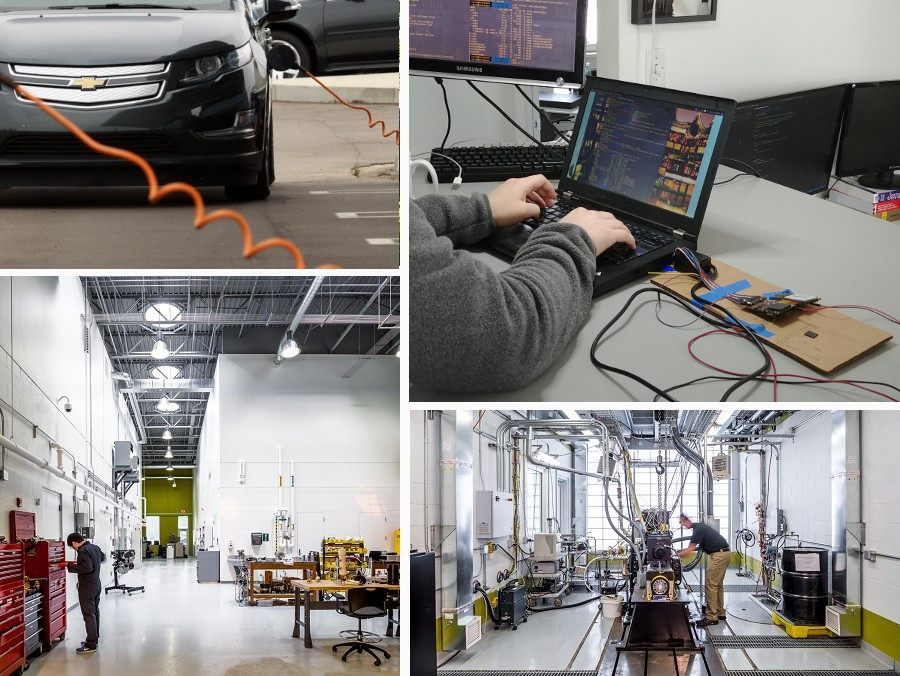
Macchina is proud to work in collaboration with the University of Minnesota’s Thomas E Murphy Engine Lab on the project, “Plug-In Hybrid Vehicle Optimization Using Vehicle-to-Cloud Connectivity.” The project is sponsored by the Department of Energy, Office of Science, Small Business Technology Transportation Program. The project will be completed this summer.
The project combines Macchina’s expertise in vehicle controller area network (CAN) interpretation and vehicle communication device (VCD) hardware development with the University of Minnesota’s (UMN) research expertise in Vehicle Powertrain and Routing co-optimization (VPRO) technology. VPRO technology uses historical data and exogenous data like weather, traffic and machine learning algorithms in concert with low-order physics-based models to determine when a Plug-In Hybrid Electric Vehicle (PHEV) should be in EOO (Electric-Only Operation) mode for a given pre-programmed route.
Project Overview:
Plug-in hybrid electric vehicles (PHEVs) represent a growing segment of the U.S. passenger vehicle market. An increasing number of PHEV models are available to consumers. PHEVs are similar to traditional hybrid vehicles like the Toyota Prius in that they have an electric motor and internal combustion engine that are used synergistically to significantly reduce fuel consumption while maintaining a near constant battery state of charge (i.e. charge sustaining). However, they are different from traditional hybrid vehicles in that they allow external charging when the vehicle is stationary to enable electric-only operation. Electric-only operation (EOO) allows PHEVs to achieve significantly higher fuel economy on a mile per gallon of gasoline equivalent (MPGe) basis over conventional powertrain vehicles.
One limitation for consumers choosing to purchase PHEVs is the uncertainty associated with EOO as it strongly depends on route, driving style and ambient temperature. The primary goal of this project is to extend EOO range, and therefore improve fuel economy by using a connected vehicle powertrain and routing co-optimization (VPRO) strategy as an aftermarket solution for PHEV owners.
The primary technical objectives of this project are to:
1. Design a prototype vehicle communication device (VCD) based our previously developed M2 automotive interface to collect necessary vehicle data and enable EV mode in a chosen PHEV remotely.
2. Determine the technical feasibility and robustness of the hardware.
3. Quantify potential vehicle fuel economy improvements through computer simulation of a chosen PHEV using real-world vehicle data recorded using the VCD to improve accuracy.
